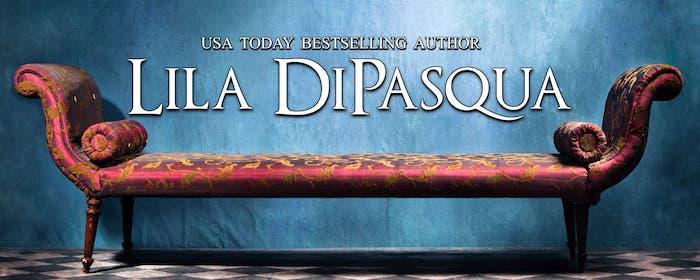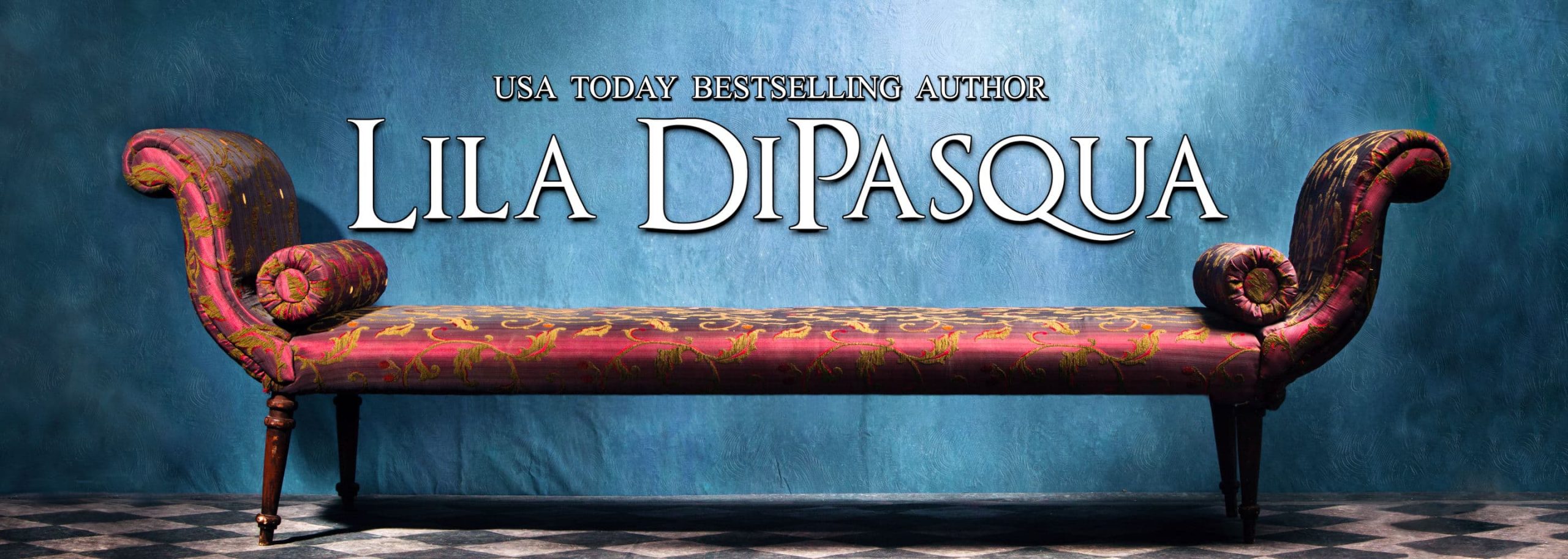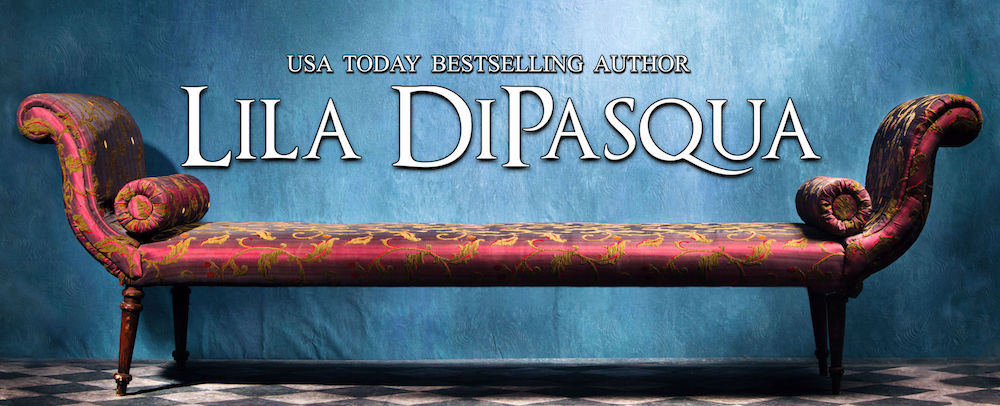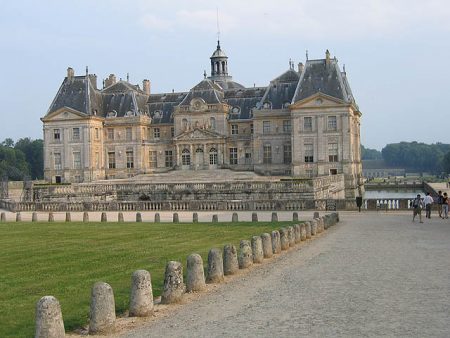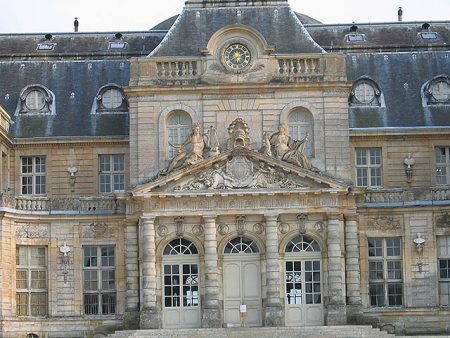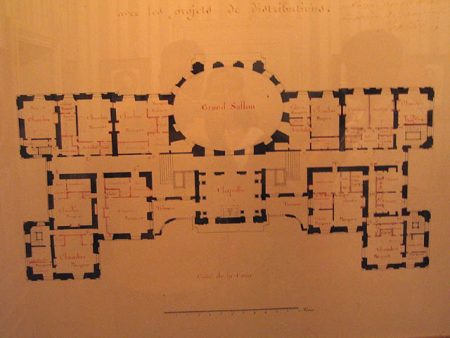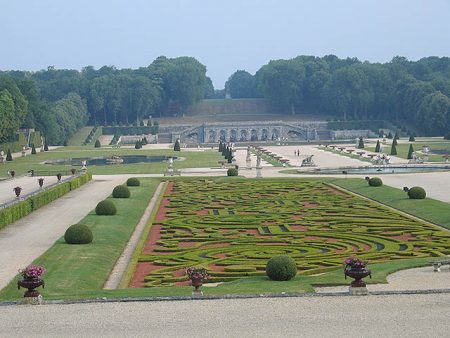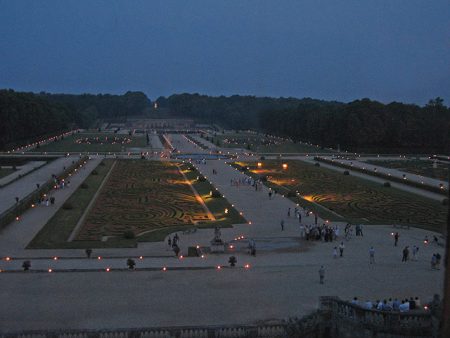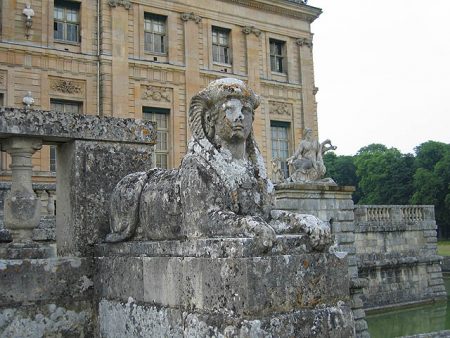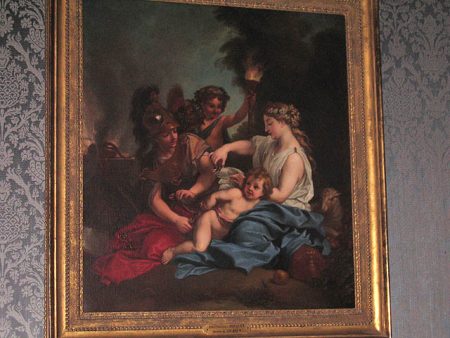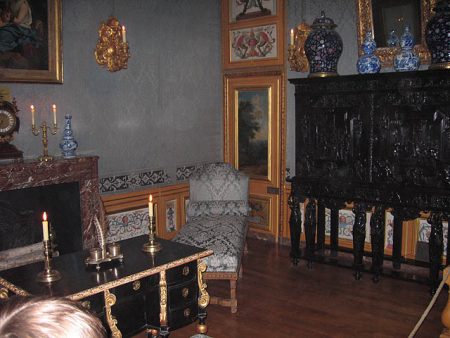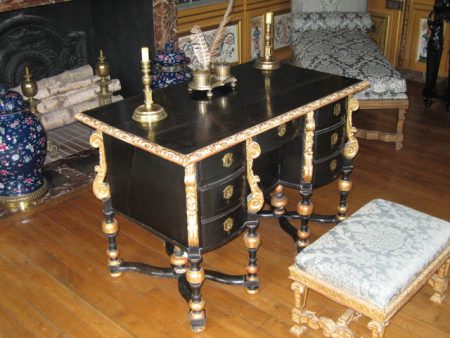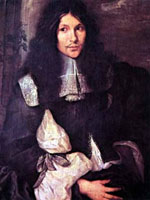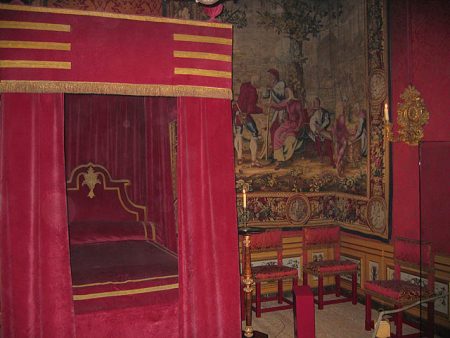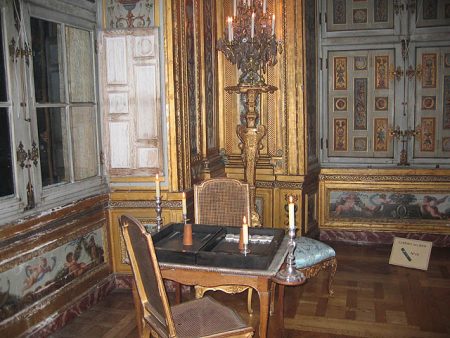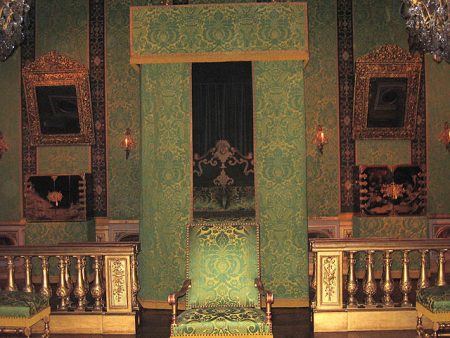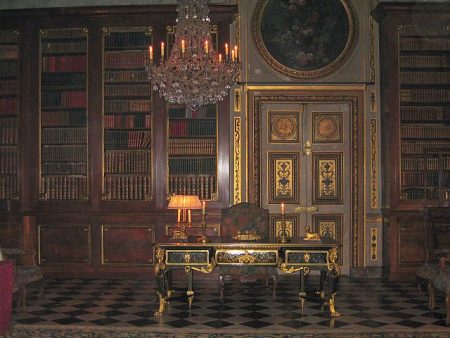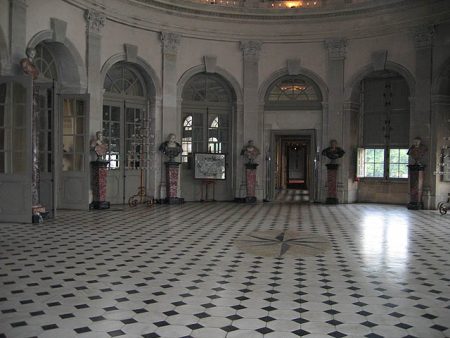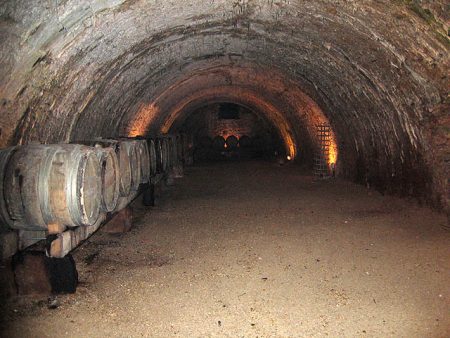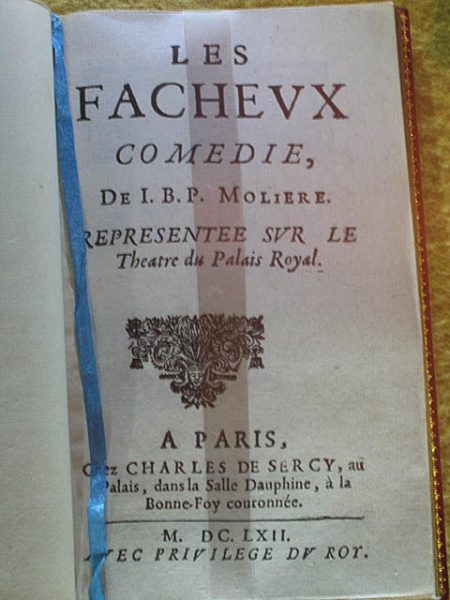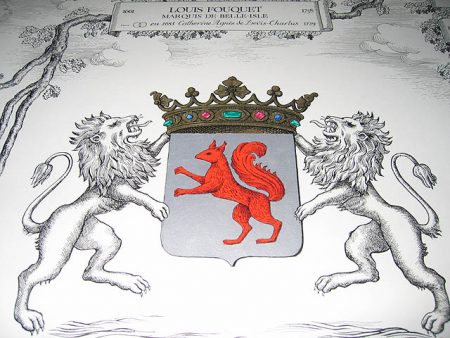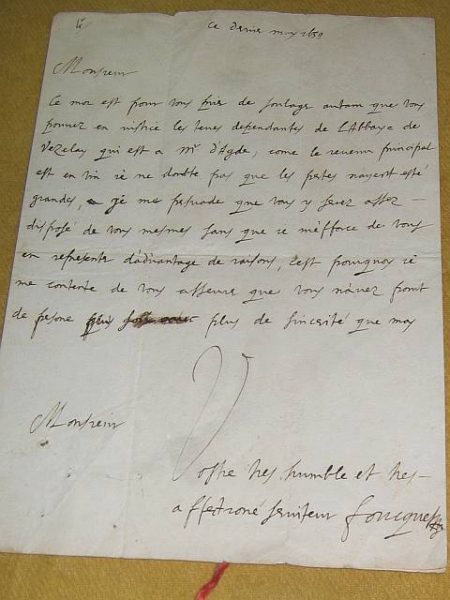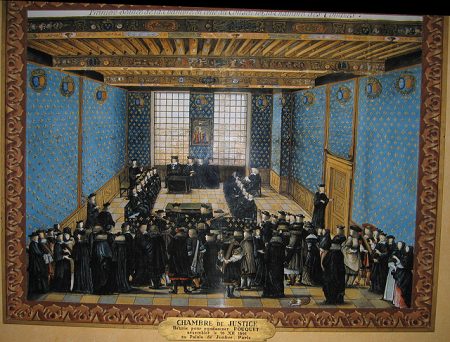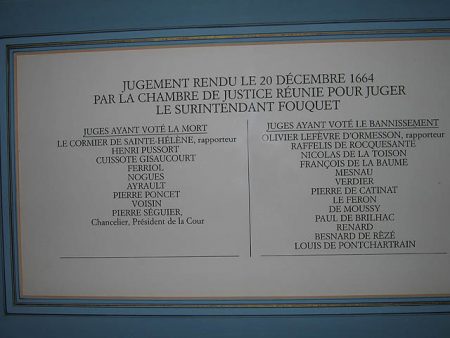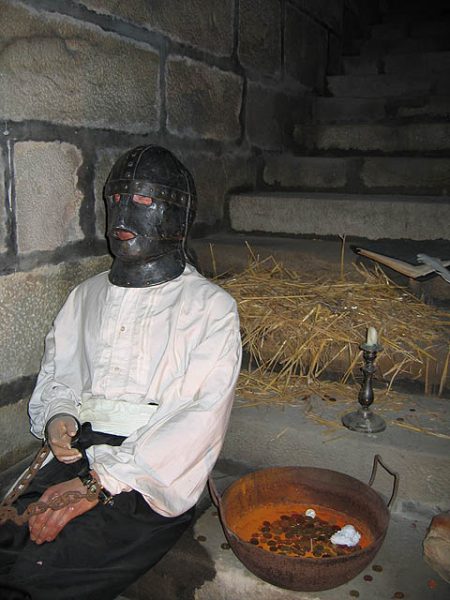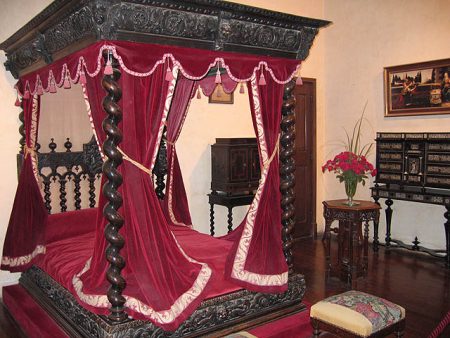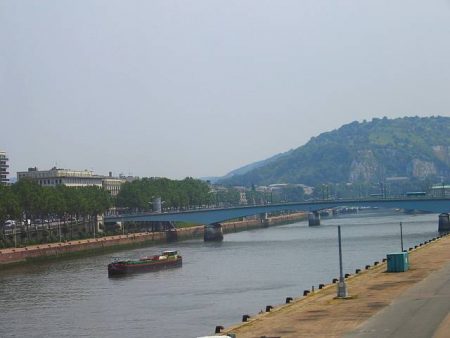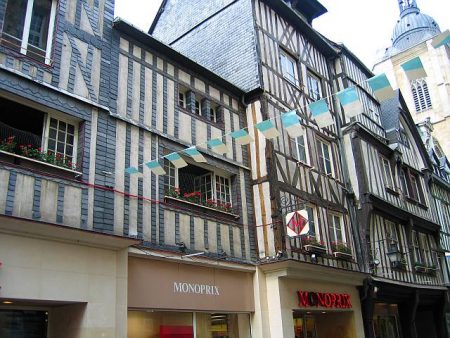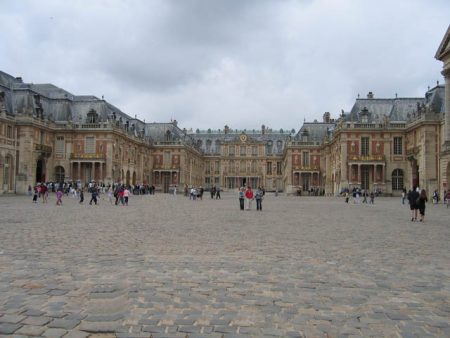France
Chateau Vaux-le-Vicomte
A 17th century chateau with both a tragic and intriguing history. Built by Nicolas Fouquet, Superintendent of Finance (the number 3 position in the most powerful nation in Europe at the time), Vaux was considered superior to any that belonged to the King. The lesson here: never eclipse the Sun King (a name by which Louis XIV is known). And never consider yourself indispensable. Most of the original treasures in this chateau are gone, but its spectacular beauty still stands hundreds of years later. Step into the 17th century by checking out Vaux-le-Vicomte’s official website.
Original architectural plans for Vaux. See any secret passages? Nicolas Fouquet hired only the best for Vaux: the highly respected architect Louis Le Vau, the master painter Charles Le Brun, and the talented André Le Nôtre, the designer of the gardens.
Incredible night view of the gardens. On certain nights, the chateau and gardens are illuminated with thousands of candles. It's truly a sight to behold! If you're in France, don't miss this!
This sphinx is located in Fouquet's gardens. He owned two mummies and was planning to build two miniature pyramids to house them in.
This painting hangs in Madame Fouquet's chambers (Charles Le Brun, 1619-1690). It depicts her clipping the wings of Cupid so that love would never leave her but be hers forever. Unfortunately, Fouquet was terribly unfaithful to his very young, most enamored wife.
Madame Fouquet's Chambers She married Fouquet at age 15. He was 36. She remained devoted to her husband during his long incarceration until his death.
The King's Chambers, part of the King's Apartments built for Louis at Vaux, if ever he came to visit. Ironically, no King has ever slept here.
The King's Antechamber: Part of the King's apartments. This room was converted into a library in the 18th century. Fouquet's library at one time held a collection of twenty-seven thousand volumes, including Korans, Bibles and Talmuds. )
Grand Salon: This beautiful oval-shaped room's ceiling was never finished. Due to Fouquet's arrest, Charles Le Brun never painted the final mural. This impressive room leads from the foyer straight to the gardens.
Play written by Molière in honor of Louis. It was performed for him and all the French court at Fouquet's party on August 17, 1661.
Fouquet's emblems are the lion and squirrel. They are found throughout the chateau, including outside carved on its façade. In old French, a fouquet was a squirrel. He adopted the motto "Quo non ascendet". ("To what heights will he not climb?") Too ambitious? :-)
Letter written by Fouquet. As you can see, he spelled his name, 'Foucquet'. However, according to those at Vaux, both spellings are correct. One has a bit of 'old world charm'.
In December 1664, Fouquet's fate was finally decided. This is a list of the judges and how they voted at his trial. The judges on the left hand side voted for death. The judges on the right voted for banishment. As you can see, the sentence of banishment won out. But Louis intervened and changed it to imprisonment, stating that he was not about to let a man who knew so many state secrets go free.
Around France
Jean-Baptiste Colbert: An ambitious civil servant who reviewed Fouquet's books and reported his malpractices to Louis. Colbert was instrumental in Fouquet's downfall.
Leonardo da Vinci's bedroom in Chateau du Clos Lucé. This is where Leonardo lived the final three years of his life. On the invitation of François I, Leonardo arrived in the year 1516. He brought three of his favorite paintings - one of which was the Mona Lisa. He was gifted this chateau by the King and given a fixed pension. Impressed by Leonardo's brilliance, the King paid for his works and enjoyed his company almost everyday. It was here, on May 2, 1519 that Leonardo died.
Catherine de Medici - Chateau Chenonceau: Reclaimed after her husband's death from his mistress, Diane de Poitiers, Catherine had the gallery (shown in photo) built on Diane de Poitiers' bridge. During the First World War, it was used as a hospital.
In AWAKENED BY A KISS the fictitious town of Maillard was modeled after this city. In the 17th century, shopkeepers lived above their shops. The second floor was the common living area and the top floor the bedroom. This is the city where Joan of Arc was put to death.
Chapel in Versailles (upper floor). After seeing the opulence of Chateau Vaux-le-Vicomte, Louis decided to transform Versailles, then a modest chateau, into what it is today, a place befitting a King. It had to be grand, spectacular; therefore, it needed the best designers of the day. Who did Louis pick? None other than the same three men Fouquet hired to created Vaux: Louis Le Vau, Charles Le Brun and André Le Nôtre. See my "Links" page for Versailles' official website.
Click to Buy
Books are available worldwide.
